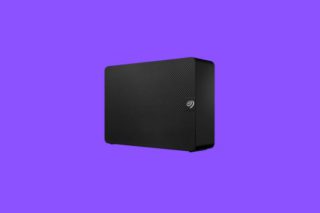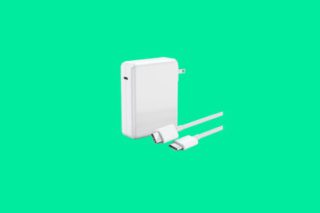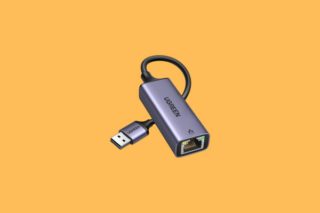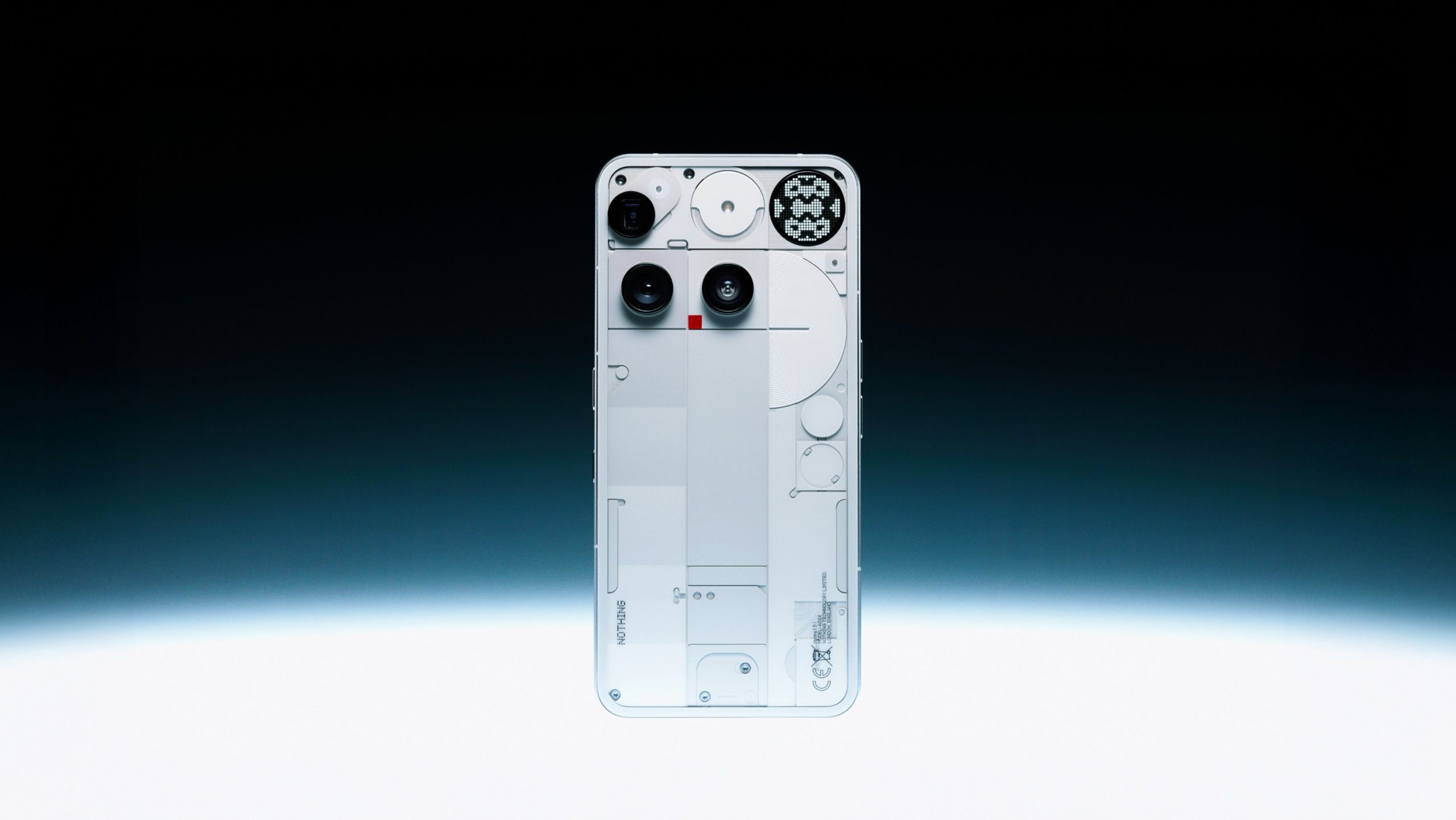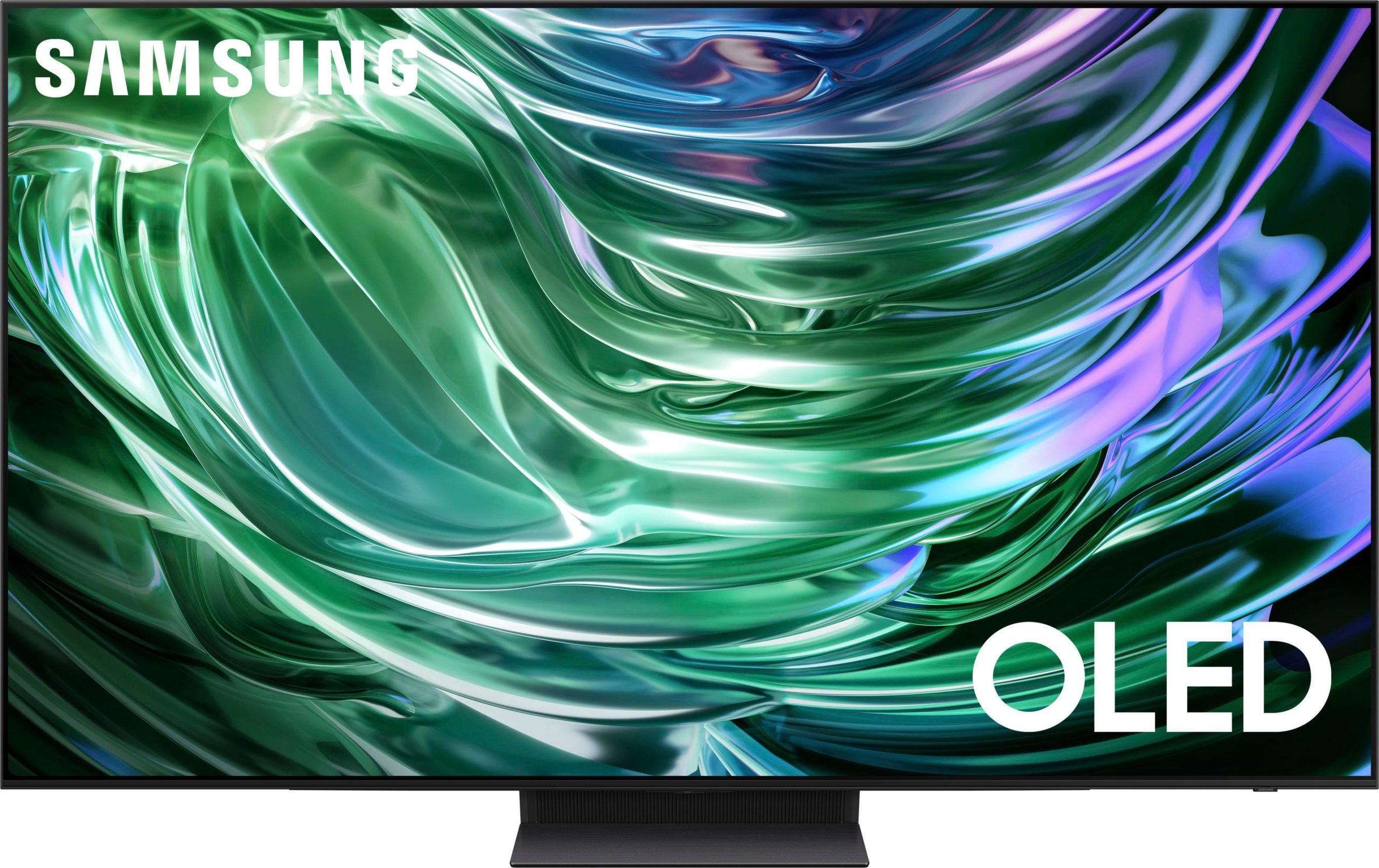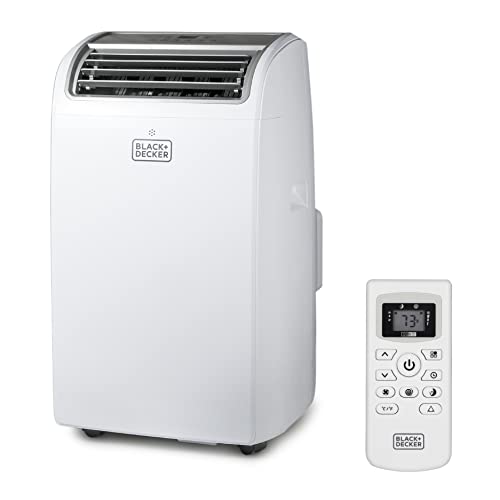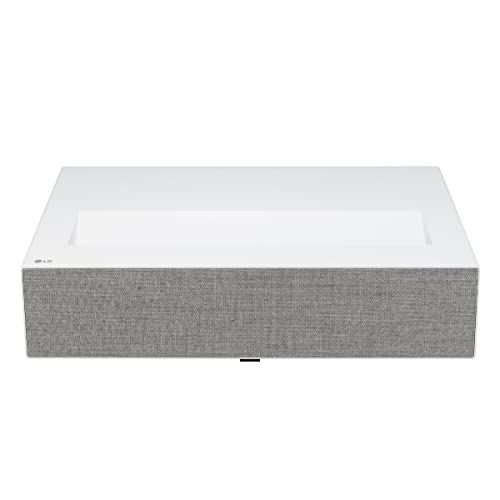In the endless parade of wearable health gadgets claiming to decode your body’s secrets, Northwestern University researchers have created something genuinely different—a device that eavesdrops on gases your skin emits without ever needing to touch you.
Think of your skin as that friend who’s been texting important updates you’ve been completely ignoring. (We’ve all been there.) This thumbnail-sized sensor finally checks those messages, revealing everything from infection warnings to hydration levels that other devices have missed entirely.
The epidermal flux sensor (EFS) creates a tiny chamber hovering millimeters above your skin—like a miniature recording studio capturing a solo performance nobody knew was happening. Inside this space, sensors track changes in temperature, water vapor, carbon dioxide, and volatile organic compounds (VOCs) that paint a surprisingly detailed picture of your health.
“This device is a natural evolution of our lab’s wearable electronic devices that collect and analyze sweat,” explains Dr. John A. Rogers, who co-led the study. “We started thinking about what we could capture from the skin that is naturally occurring all the time. It turns out there are all kinds of things coming off the surface that can be correlated to underlying physiological health.”
When Contact Is Literally The Problem
For people with fragile skin, traditional monitoring devices present a frustrating catch-22: you need data about the skin, but attaching sensors damages the very thing you’re trying to monitor.
“This technology has the potential to transform clinical care, particularly for vulnerable populations, including newborn babies, the elderly, patients with diabetes and others with compromised skin,” notes Dr. Guillermo A. Ameer, study co-leader.
The implications for diabetic wound care alone are massive. For diabetic patients, monitoring foot ulcers isn’t casual observation—it’s mission-critical surveillance that could mean keeping or losing a limb. This next generation of wearable devices in the health space detects bacterial VOCs that signal infection brewing beneath healed-over scabs, potentially allowing intervention days before visible symptoms appear.
The Body’s Overlooked Broadcast Channel
Beyond wound monitoring, this floating sensor decodes an entirely different health language. By tracking water vapor loss through skin (transepidermal water loss or TEWL), the device provides real-time updates on your skin barrier function—the invisible force field protecting you from the outside world.
“The gold standard for measurement of skin barrier integrity is a large instrument with a probe that intermittently is touched to the skin,” explains Dr. Amy Paller, study co-author. “Having a device that can measure transepidermal water loss remotely, continuously or as programmed—and without perturbing a patient during sleep—is a major advance.”
Dermatologists have long sought better ways to monitor skin barrier function without disrupting it. The ability to continuously track these subtle gas emissions could transform treatment approaches for conditions like eczema and psoriasis, where early intervention before visible symptoms appear can prevent painful flare-ups.
The technology could even revolutionize how we test mosquito repellents by precisely measuring skin gases that attract biting insects—potentially leading to more effective protection against disease vectors in regions where they pose serious health threats.
Data Without the Friction
The device transmits information wirelessly to smartphones or tablets, creating a potential early-warning system for everything from wound infections to eczema flare-ups. You can place it nearly anywhere on the body with adhesives similar to those used for continuous glucose monitors—although Rogers notes it works best on relatively flat surfaces.
Independent health tech analysts suggest that technologies like this often face a lengthy path from laboratory breakthrough to consumer availability. The rigorous testing and validation required by medical regulatory bodies typically means a multi-year journey before such innovations reach the marketplace.
In a world where we’re constantly tracking heart rates, steps, and sleep cycles, we’ve somehow missed half the conversation. Our largest organ has been broadcasting crucial health updates that have quite literally evaporated into thin air—until now. This quiet revolution in gas-sensing technology might just change what we mean when we say our bodies are talking to us.




